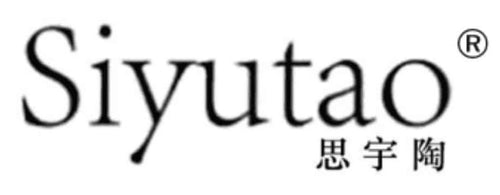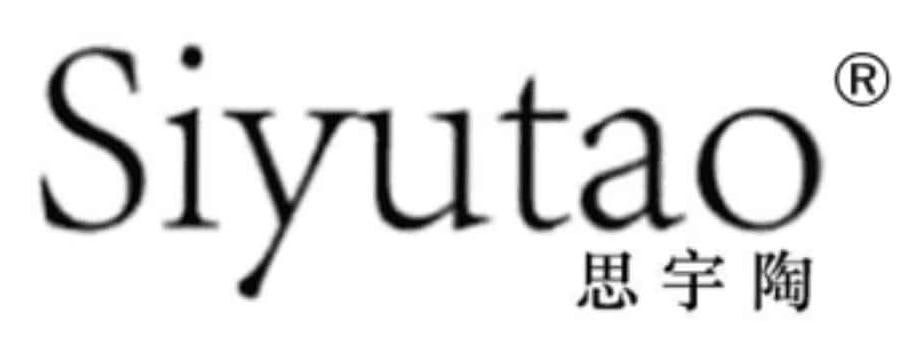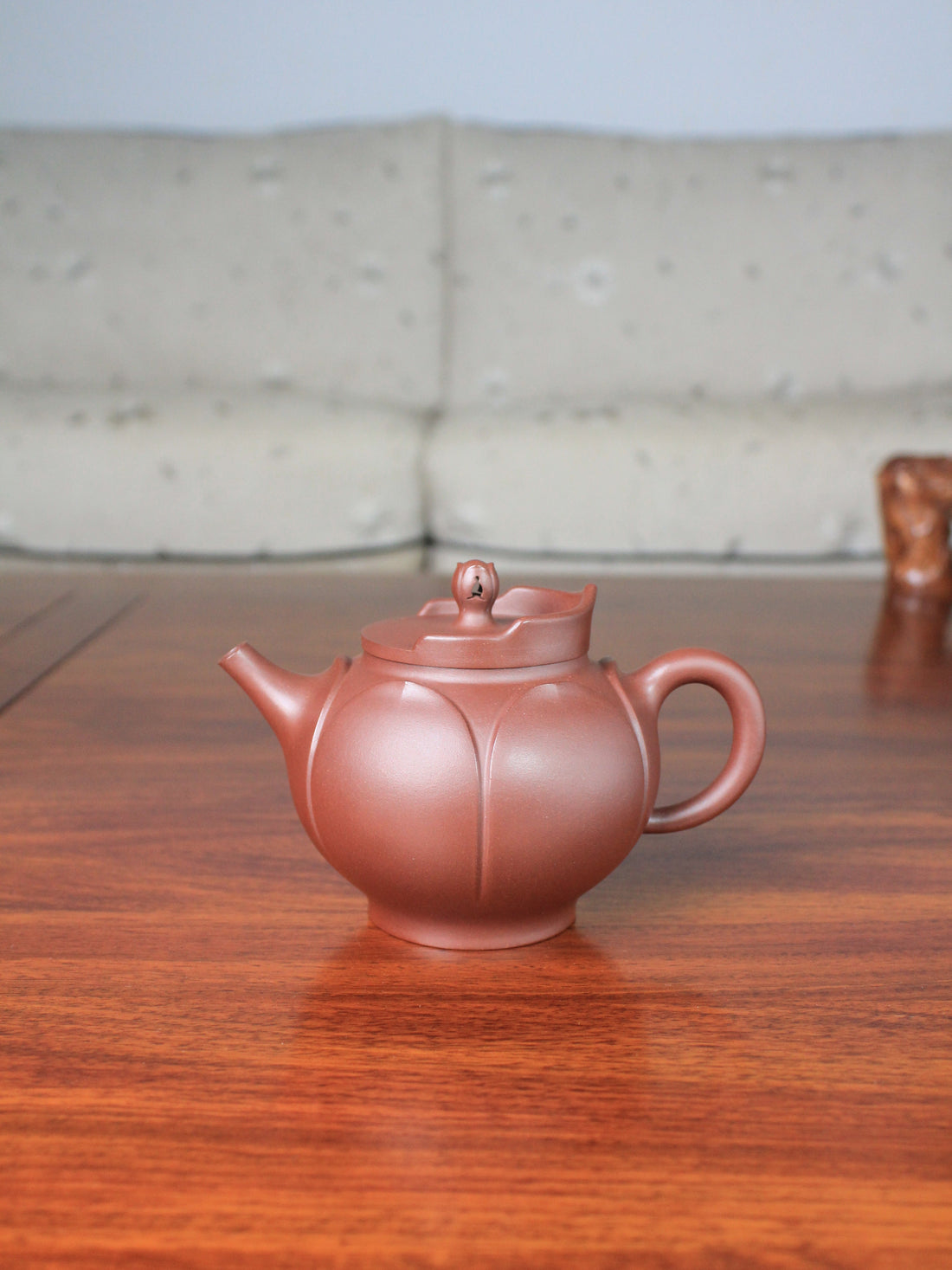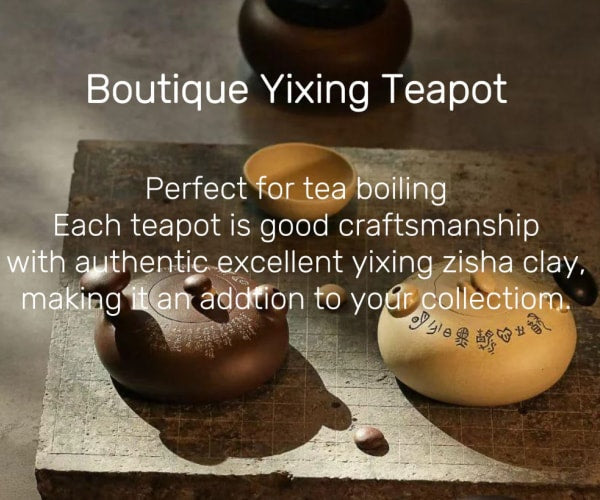The "Monk's Hat" Teapot (僧帽壶) – A Classic of Zisha Art
Origin and Design
The "Monk's Hat" teapot (僧帽壶) gets its name from its spout, which resembles the hat worn by Buddhist monks. This design first appeared during China’s Yuan Dynasty (元朝) as a porcelain teapot. Later, in the Ming Dynasty (明朝), when purple clay (紫砂) became popular for tea brewing, the shape was adapted into a Zisha teapot.

The teapot has a hexagonal body with a five-petal lotus design around the rim. The lid is also hexagonal, blending smoothly with the petals. The knob on top looks like a Buddhist pearl, similar to the top of a monk’s hat. The spout is shaped like a duck’s beak, and the handle has a small extension, making it easy to hold. The base is also hexagonal, giving the teapot a balanced and elegant look.

Cultural Meaning
The "Monk's Hat" teapot combines elements of ethnic culture, Buddhism, and porcelain history. In Buddhism, the monk’s hat is a sacred item. Early Buddhist rules did not allow monks to wear hats, but later, due to cold weather, they were permitted to cover their heads. However, wearing a hat in front of Buddha was still considered disrespectful.
This teapot’s design reflects purity and solemnity, just like the monk’s hat itself. Over time, it became not just a tool for monks but also a teapot for ordinary people, showing how Buddhist culture blended into daily life.
Three Classic Styles
- Traditional Monk’s Hat (法海帽款)
-
-
Short, straight spout, embedded lid.
-
Decorated with lotus petals and ancient inscriptions.
-
The shape closely resembles a real monk’s winter hat.
-

- Jigong’s Hat (济公帽款)
-
-
One of the earliest Zisha versions of the monk’s hat teapot.
-
The spout and handle curve upward, just like the hat of Jigong, the legendary "Mad Monk."
-

- Tang Monk’s Hat (唐僧帽款)
-
-
A more refined version with a six-sided body and lotus petals.
-
The knob looks like a Buddhist pearl, and the overall shape resembles the hat of a high-ranking monk.
-

Geographical Significance of the Monk’s Hat Teapot
The "Monk’s Hat" teapot is deeply connected to Yixing (宜兴), a city in China’s Jiangsu province renowned for its Zisha clay (紫砂泥). Yixing’s unique purple clay, found only in this region, gives the teapot its signature texture and heat-retention properties, making it ideal for brewing tea.
Historically, Yixing was a key center for ceramic and Buddhist culture during the Ming and Qing dynasties. The adaptation of the monk’s hat design from porcelain to Zisha reflects the region’s craftsmanship and its role in blending Buddhist traditions with local artistry. Today, Yixing remains the heart of Zisha teapot production, and the "Monk’s Hat" teapot stands as a symbol of its cultural and geographical heritage.
Conclusion
The "Monk's Hat" teapot is more than just a teapot—it represents history, religion, and craftsmanship. From its origins in Buddhism to its place in tea culture today, it remains a timeless piece of art.



